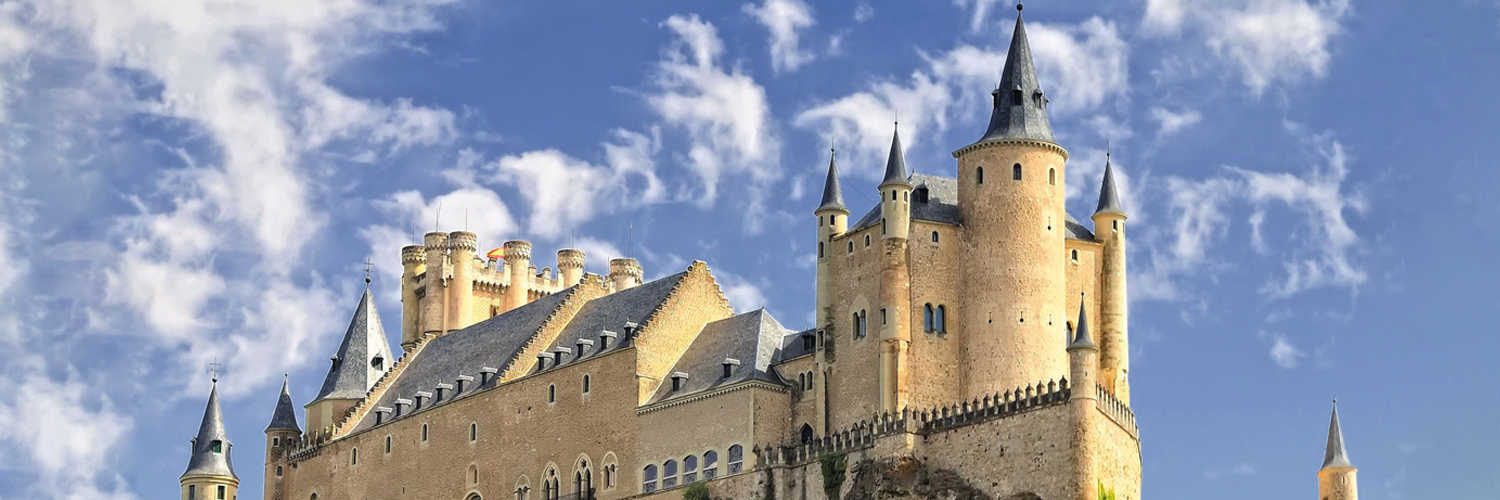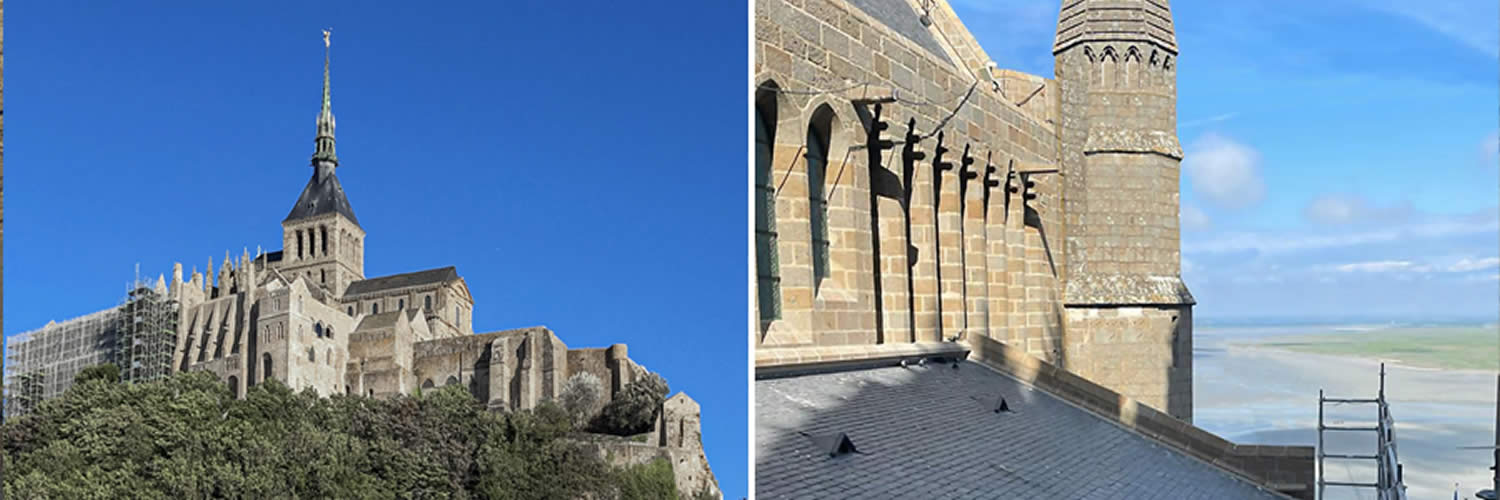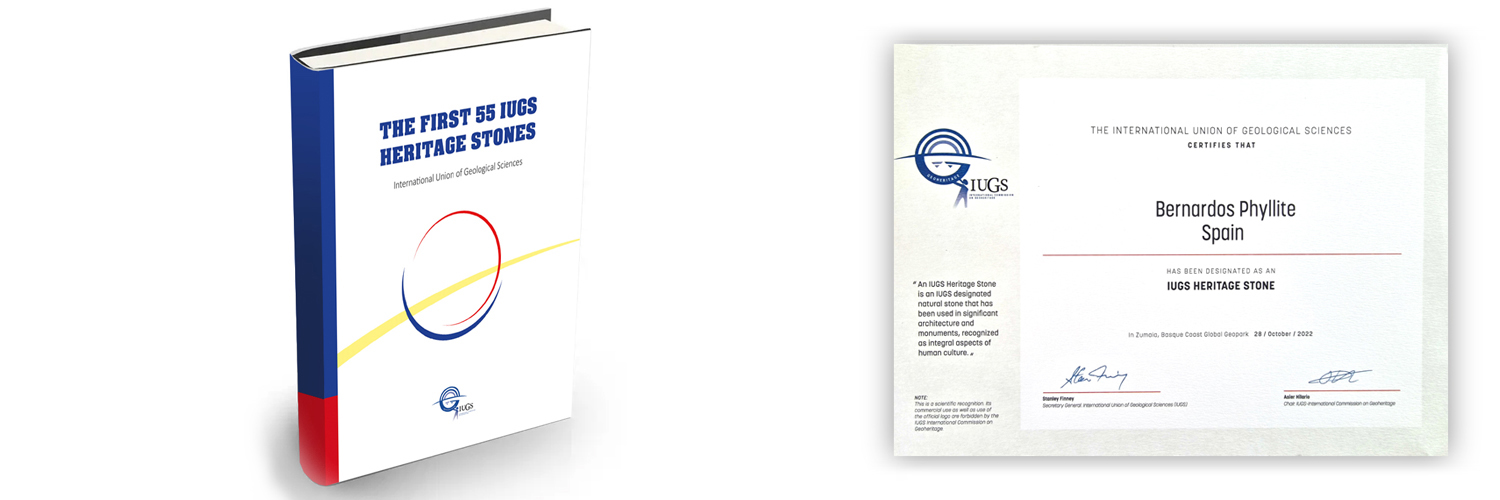THE BERNARDOS PHYLLITE RECOGNIZED WORLD HERITAGE STONE RESOURCE
Naturpiedra celebrates the recent recognition of the Phyllite of Bernardos, among the select group of World Heritage Stones.
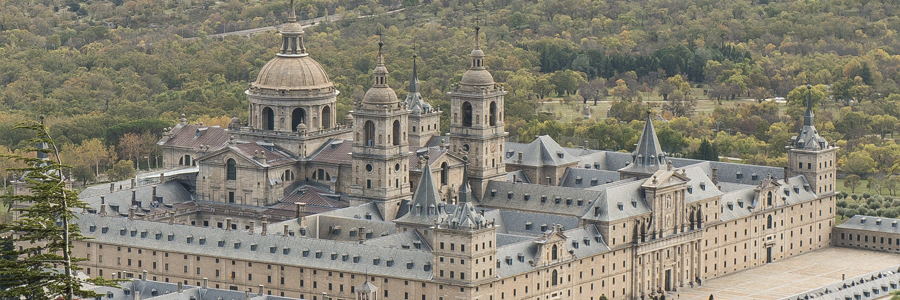
Promoted by the Naturpiedra quarry and Víctor Cárdenes, professor at the University of Oviedo and specialist consultant in slates, the Phyllite of Bernardos, one of the most important building rocks in Spanish architectural history, has just been recognized World Heritage Stone by the International Union of Geological Sciences (IUGS), joining the very closed circle of stones already listed as World Heritage (22 ornamental rocks from 13 countries).
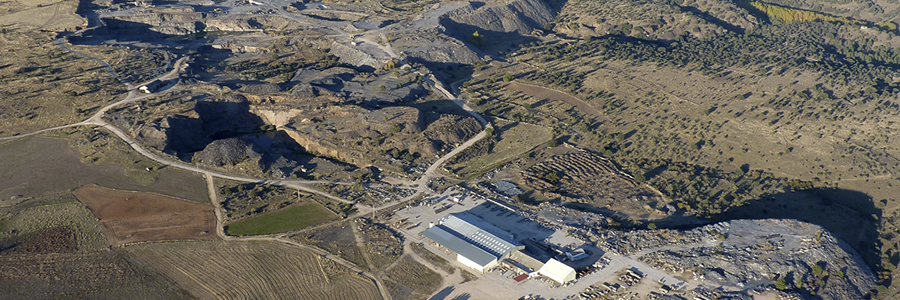
The Phyllite of Bernardos has been extracted in the village of Bernardos (Segovia-Spain) since 1558. It was King Felipe II who gave the order to use this slate for the works of the buildings of the kingdom, monuments that will leave a indelible mark of his reign for centuries to come. Víctor Cárdenes, one of the promoters of this recognition, recalls that, «influenced by Flemish architecture, Felipe II ordered the use of slate for roofing, and thus, he introduced slate architecture which allowed the development of slender and durable roofs. For these achievements, slate quarries were discovered and exploited in Bernardos. It should be noted that the rock extracted there is not really a slate, but a Phyllite, a rock with a greater geological evolution than slate, which gives it greater hardness and durability”.
Since 2016, the IUGS Executive Committee has officially recognized 55 stones as world heritage. Following this extensive work, it has published a book compiling the most relevant information on each of these natural stones, with a particular emphasis on the criteria that justified their inclusion in this prestigious group. In the case of Bernardos phyllite, the book highlights its history, petrology, and significant impact on Spanish architecture since the 16th century. Download here
The IUGS is a permanent international body, composed of the most important doctors in geology, created with the objective of establishing and ensuring the maintenance of standards in relation to geological heritage, for which they establish and coordinate international cooperation programs.
The 3 main international coordination programs and related to geological heritage are:
1. The IUGS Geological Heritage Sites (GHS) or World Geological Heritage Sites.
2. IUGS Heritage Geocollections (GC) or Movable Heritage of Global Interest.
3. The IUGS Heritage Stones (HS) or World Heritage Stones.
This important international recognition of the Phyllite of Bernardos, has arrived just before the IUGS met to elaborate the declaration “100 IUGS Geological Heritage Sites” in the Gipuzkoan town of Zumaia, where there is one of these singular geological spaces on its coast, where curious stone formations, called “flysch”, can be seen.
Heritage Buildings with Phyllite
Known as the oldest slate quarry in Spain. Although this is a phyllite, a rock of greater geological evolution than slate, which gives it greater hardness and durability. It was opened by Royal Order of Philip II, who, influenced by Flemish architecture, wanted to cover the roofs of the royal works with slate, as can still be seen in monuments such as the Palace of Valsaín (1515):
The Palace of Valsaín (1562),
The Palace of El Pardo (1563),
The Royal Alcazar of Madrid (1566),
The Monastery of San Lorenzo del Escorial (1565),
The Royal Mint (1585),
The Palace of the Duke of Lerma (1615),
The Palace of La Zarzuela (1628),
The Alcazar of Segovia (1682).
Currently, Naturpiedra, who processes the material from its factory also in Bernardos (Segovia), in numerous formats and finishes, thanks to the use of modern machinery. This provides architects and construction professionals with an excellent, versatile and sustainable product for their projects. A material of recognized international prestige, used, for example, in works such as the restoration of Mont Saint Michel, the second most visited monument in France.
This recognition of the material, backed by its natural characteristics and the good work carried out, augurs a promising future for the Bernardos Phyllite, which will result in a positive social and economic impact in the area of Bernardos, a place in need of this economic fabric that gives value and fixes population in an environment, which in turn has a strong cultural connection with this industry.



